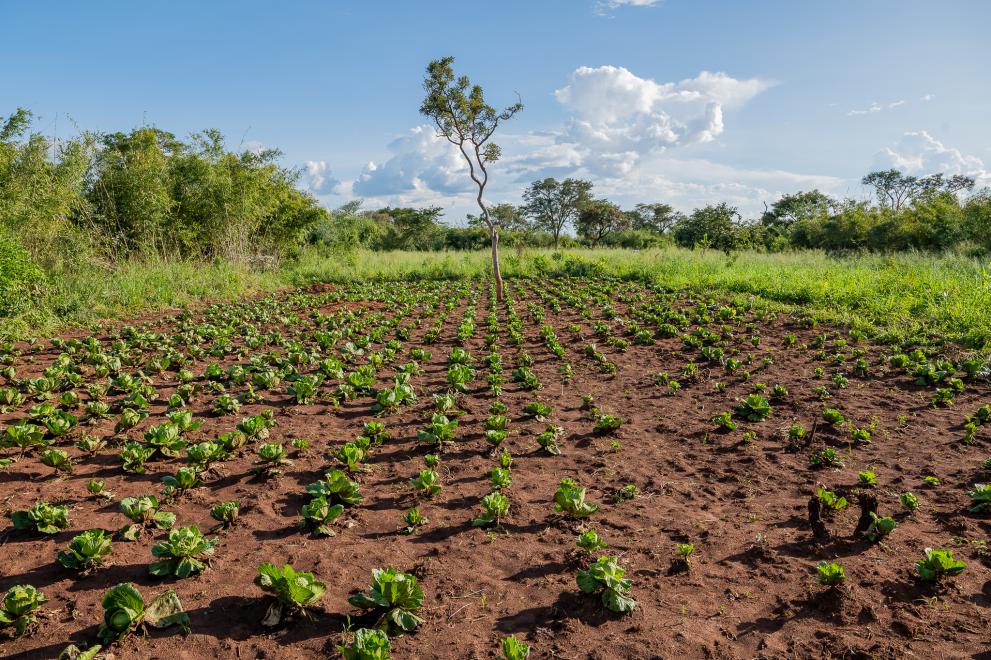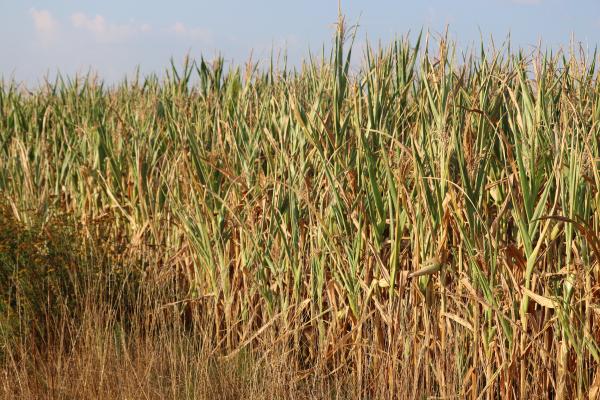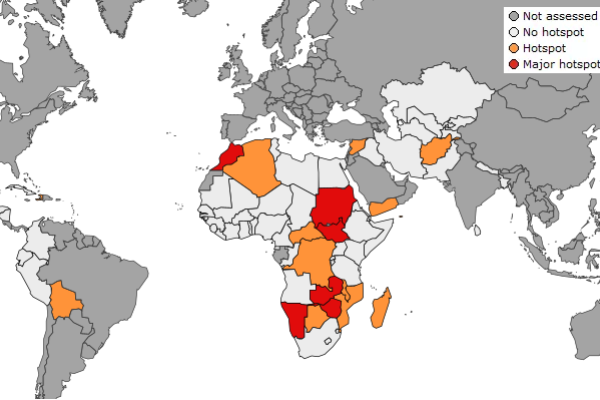
Life cycle assessment can now count on a tool which provides comparable values for changes to soil organic carbon (SOC) across the globe, according to research.
The tool is a new model which relies on a set of “characterisation factors” for 56 land use classes in the form of maps at 1 km resolution, but also aggregated at national and global level. It is an operational model built to quantify the impact of land use, and results from a collaboration between the JRC and several other institutions.
Their work follows up on the recommendations of 2018 Global Guidance on Environmental Life Cycle Impact Assessment Indicators (GLAM) workshop under the multi-stakeholder collaboration Life Cycle Initiative to update and improve an existing model for the assessment of land use impact on soil organic carbon
The results are published in a study coordinated and co-authored by the JRC.
Results of the model showed that artificial land uses – such as urban built and traffic areas, as well as construction, dump and industrial sites – present the highest negative impact on soil quality, except for urban green areas.
These are followed by severely degraded pastures, intensive arable lands, other agricultural land, and high-intensity grazing pastures, while extensive pasture and flooded crops show on average an increase in soil organic stock, i.e. soil quality.
To showcase the application of the model, a case study was carried out on production of biomethane from corn, ethanol from sugarcane, and solar electricity as alternative energy sources supplying a passenger car. These activities take place in Germany, with the exception of sugar cane and ethanol production that take place in Brazil. The assessment was performed using characterisation factors at local, regional and national levels, allowing to investigate the sensitiveness of the results to the level of regionalisation of the analysis.
Human activities and soil quality
Human activities are a major driver of soil and land degradation. Life cycle assessment, a methodology to assess the impact of value chains on human health and the environment, can include, amongst the considered environmental domains, the assessment of the impacts of land use activities on soil quality.
Due to the spatial heterogeneity of soil properties and the global nature of most value chains, which are the focus of life cycle assessment studies, the modelling of the impacts of land use activities on soil quality for application in life cycle assessment requires a regionalised assessment with global coverage.
The integration of soil quality aspects in life cycle impact assessment methods is a crucial challenge due to the key role of soil conservation in ensuring food security and environmental protection.
The Life Cycle Initiative
The JRC is a key partner of the Life Cycle Initiative, hosted by the United Nations Environment Programme (UNEP). This initiative focuses on advancing the 2030 Agenda for Sustainable Development by fostering life cycle thinking and knowledge, with the aim to steer decision-making within a sustainable approach.
Launched in 2002 by UNEP and the Society of Environmental Toxicology and Chemistry (SETAC), it is a multi-stakeholder partnership involving governments, businesses, scientific and civil society organisations.
Following two years of intensive preparation, experts and practitioners representing industry, governments and NGOs from all regions of the globe reached a consensus at a workshop in 2018 on environmental indicators and characterisation factors for various impact areas, including human toxicity, ecotoxicity, acidification, eutrophication, soil quality.
Related links
Soil organic carbon as an indicator of land use impacts in life cycle assessment
Global Guidance on Environmental Life Cycle Impact Assessment Indicators (GLAM)
Details
- Publication date
- 28 May 2024
- Author
- Joint Research Centre
- JRC portfolios




